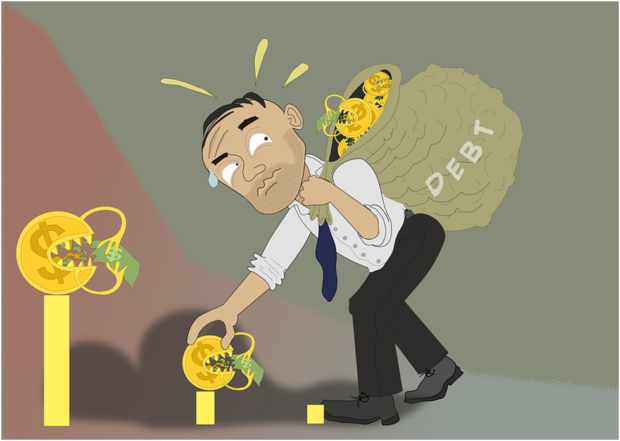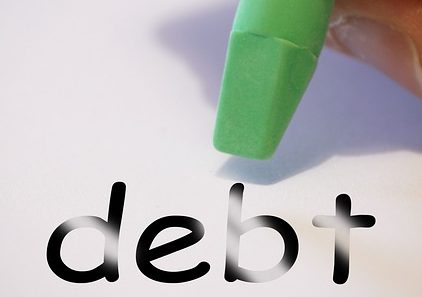Three Simple Tips for Avoiding Debt Relief Scams

Are you struggling to see the light at the end of your debt tunnel? You’re not alone. The average American household owes $15,654 in credit card debt, amounting to $905 billion nationwide. While some of this money includes households that pay off their balance each month, most households aren’t. The average household with revolving credit card balances pays $904 in interest each year.
According to the same report, since 2007, four major spending categories have all increased faster than the 20 percent income growth. Medical costs increased 34 percent, while food and beverages increased by 22 percent, and “other” expenses surged to 30 percent.
Are your arms up in the air wondering what you can do to get out of this mess? Do you want to get back and enjoy life without the constant stress of debt? You need a plan, not a wish, to make it happen. One such way is through debt relief assistance. These methods can slash considerable money off your overall balance in exchange for a percent fee based on your initial debt amount.
But as with any legitimate business, there’ll be fraudsters lurking in the shadows waiting to prey on unsuspecting consumers. To be sure you don’t get scammed, take a look at these tips for avoiding a debt relief solution that sounds too good to be true.
Ask About Their Success Record
Any debt relief company worth their salt will have a track record for delivering success. Don’t take a handful of positive online reviews and think you’ve made your decision. Look at the company’s website for more in-depth info. And if you can’t find it there, call and ask about how many customers they’ve helped to date, or the amount of overall debt they’ve resolved. Bottom line: many debt relief companies exist, but few have a proven track record of consistently delivering.
Are They Legitimate?
An easy way to identify a not-so-legitimate debt relief operation is by what they promise or guarantee to make happen without even knowing any details or specifics about your debt situation. If they make too many promises that sound too good to be true, be careful. One national provider, Freedom Debt Relief, offers some tips on how to avoid debt relief scams on their site. Freedom states that you should consider it a red flag if they:
- charge you a fee before they settle your debt.
- promise to settle all debts for the same percentage reduction.
- offer guarantees to make all debt go away.
- tell consumer to stop communicating with creditors.
- promise to stop debt collection calls and/or lawsuits.
- guarantee to pay off all debts for pennies on the dollar.
Other red flags to watch out for include companies that ask for credit card or banking information prior to any consultation. No legitimate company would ask for anything without first learning about your situation and explaining their services.

Assessing the Good Based on the Bad
The more you’re aware of the common characteristics illegitimate and shady debt relief operations share, the better you’ll be at identifying the reputable ones. In general, look for companies that offer the opposite of the red flags above. This means the debt relief company you choose should:
- Charge you nothing until a settlement is negotiated, but specifically not until the FTC’s three guidelines are satisfied:
- A successful result (settlement, renegotiation, reduction, etc.) for the customer must be reached.
- The customer must agree to the creditor agreement.
- The customer must make a payment to the creditor.
- Communicates an estimated time frame for the settlements/renegotiations to be complete (exact timeframes will be hard for any company to give, but they should at least give you a general timeframe.)
- Provide communication assistance to creditors, but don’t instruct you to stop your communications with them.
- Charge a service fee range aligned with industry standards (15-35 percent)
- Be accredited by American Fair Credit Council (AFCC) and International Association or Professional Debt Arbitrators (IAPDA)
Few people want outside help when it comes to getting ahold of their debt, but at a certain point only limited options exist. Debt relief assistance isn’t a get-out-of-debt-free card. However, it can empower those feeling trapped by assembling an actionable plan that, with some time, will have you on the road to saving again.

